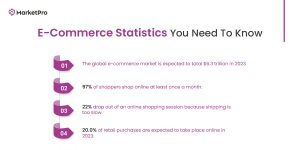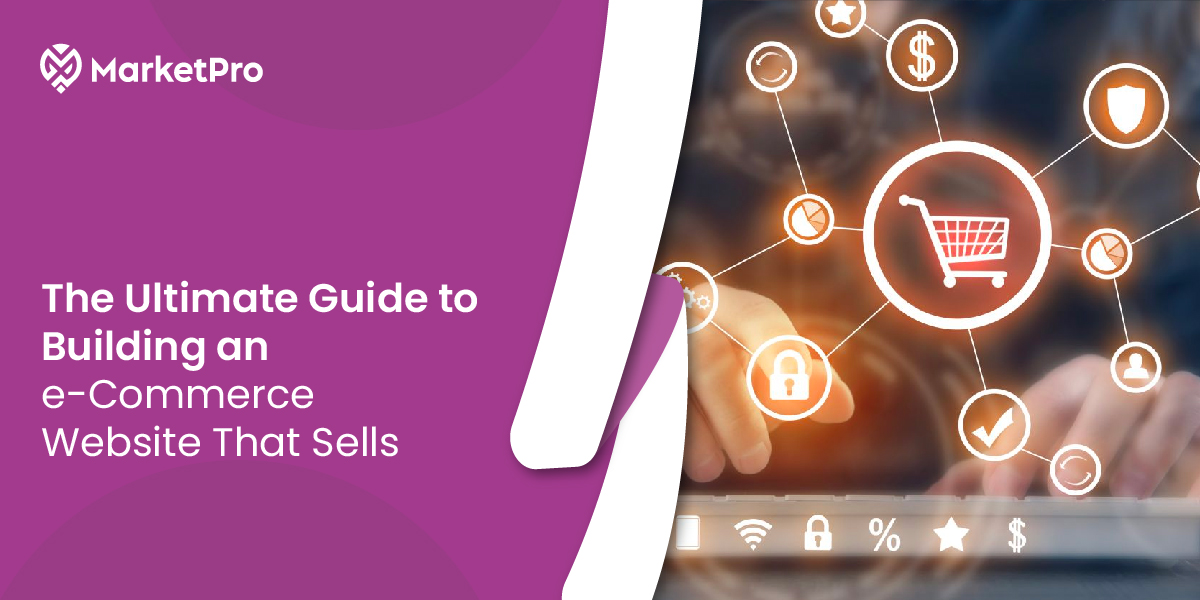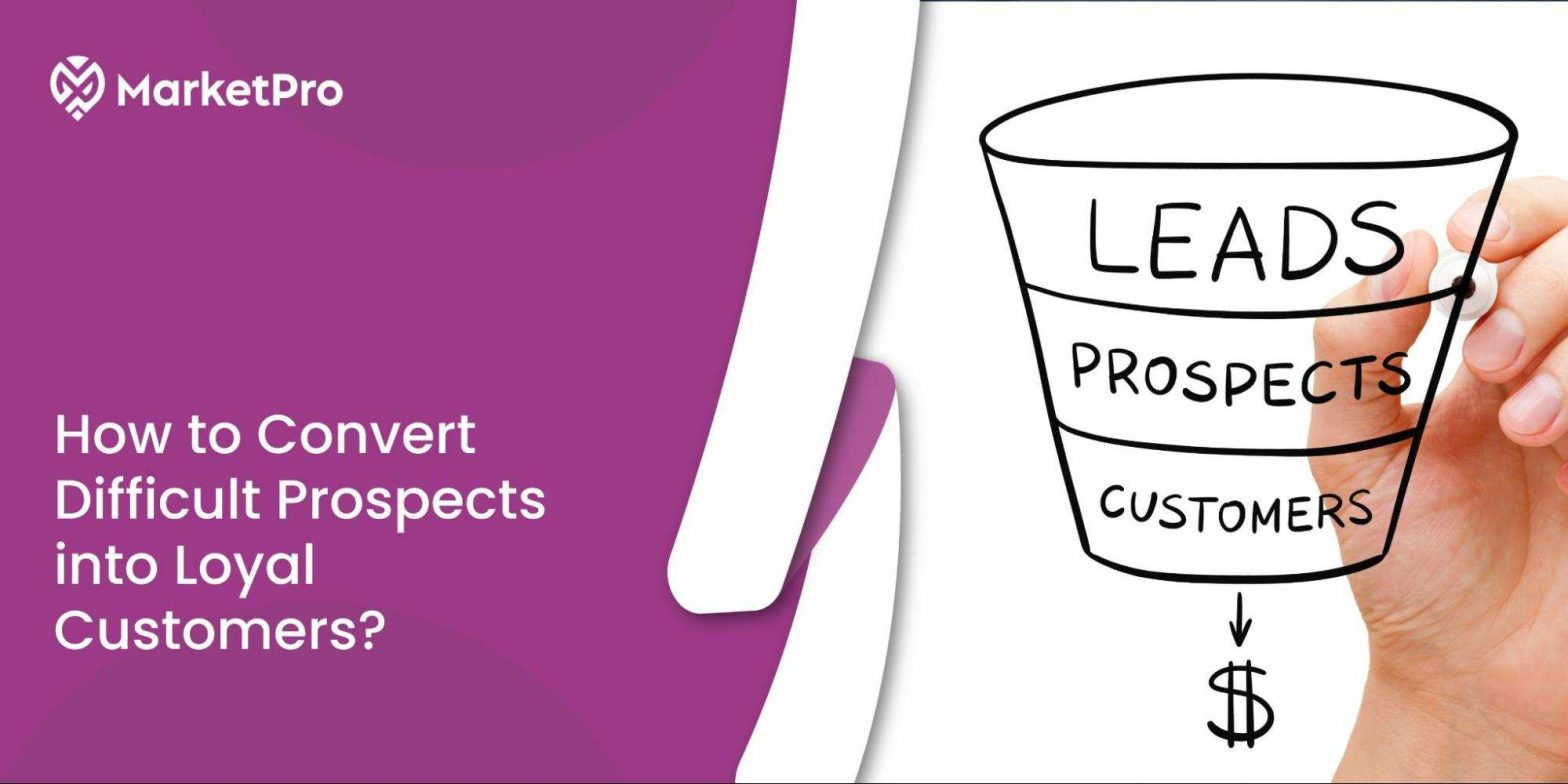The Ultimate Guide to Building an e-Commerce Website That Sells
Building an e-commerce website can be daunting, but with the correct guidance, it can be a rewarding experience. Your website is a virtual storefront for your customers, and it should reflect the tone and voice of your brand. A user-friendly website could provide clients with a pleasant and smooth e-commerce experience. In this ultimate guide to building a creative website design that sells, we will walk you through the process step-by-step, highlighting important considerations and tools to help you create a website that suits your product or service. From defining your business model to testing and launching your e-commerce website, we’ve got you covered.
1. Planning Your e-Commerce Website
Before you begin the website design and development process, it is critical to create a strong base with careful planning. Your website’s success hinges on a well-thought-out strategy.
Define Your Niche and Audience
To kickstart any successful business venture, it’s crucial to pinpoint the target audience and carve out your niche in the market. By delving into their desires, preferences, and pain points, you can custom-tailor your e-commerce website to cater precisely to their needs. This personalized approach ensures you’re not just selling products but providing solutions that resonate with potential customers. Understanding your audience sets the stage for building lasting relationships, fostering trust, and ultimately, thriving in the competitive e-commerce landscape.
Conduct Competitor Research
Now, the next pivotal step for businesses is to analyze their competitors’ websites. By keenly observing what’s working seamlessly and what needs a little sprucing up, businesses can establish benchmarks for their own B2B website design. This intel isn’t about mimicking; rather, it’s a blueprint to set the brand apart. Companies should learn from their successes, address their shortcomings, and craft a unique online experience that captivates their audience. In this dynamic digital era, staying ahead often begins with looking around.
Choose the Right Platform
Selecting the best e-commerce platform is a pivotal decision. Popular options like Shopify, WooCommerce, and Magento each offer their strengths, but the key is finding the one that syncs seamlessly with the business’s specific needs and budget. Shopify might be the sleek, ready-to-go option, while WooCommerce offers customization galore. Magento, on the other hand, suits larger enterprises. So, businesses should weigh their requirements and budgets carefully. This forms the foundation for e-commerce success, so businesses should choose wisely.

2. Designing Your e-Commerce Website
The design of an e-commerce website is important in making a good first impression and influencing user behavior.
User-Friendly Navigation
Brands should offer simple navigation that allows users to easily identify items, browse categories and complete transactions. Longer browsing sessions are encouraged by a consistent user experience.
Mobile Responsiveness
With the development of mobile commerce, your e-commerce website must be fully adaptive. A mobile-friendly design is not just a good practice; it’s essential for reaching a broader audience. According to research, 91% of users make internet purchases via smartphones.
Engaging Visuals
Product photos, videos, and visually appealing graphics can have a major impact on sales. It’s crucial for businesses to use captivating visuals to showcase their products and convey their brand’s personality.
3. Content Creation and SEO
It is critical to create captivating content in order to engage your audience and improve your search engine rankings.
Keyword Research
Research for keywords is the cornerstone of SEO (Search Engine Optimization). Thus, identifying relevant keywords and including long-tail keywords to incorporate into your content is the need of the hour.
Quality Product Descriptions
The next step for a brand is to craft informative and persuasive product descriptions. They should emphasize their products’ distinct characteristics and benefits. Furthermore, it’s important to utilize e-commerce keywords naturally within these descriptions to improve your SEO website design.
Blogging and Content Marketing
Finally, companies should develop a blog and publish educational content about their sector or products on a regular basis. This provides value to the audience and helps boost the website’s SEO ranking.
4. Building Trust and Credibility
Creating trust with a brand’s online audience is critical for converting browsers into consumers.
Secure Payment Options
Businesses must ensure that their e-commerce website provides safe payment methods. For that, they should display trust badges, SSL certificates, and clear privacy policies to reassure customers that their transactions are safe.
Customer Reviews and Testimonials
Customers should be encouraged to submit feedback and testimonials on the website. Positive feedback builds trust and credibility, while constructive criticism can help you improve.
Social Proof
Incorporate social proof elements like the number of products sold, customer ratings, and user-generated content to showcase the popularity of your products.
5. Marketing and Promotion
To make sales, businesses need to drive traffic to their e-commerce website and convert those visitors into customers. According to recent surveys, approximately 218.8 million US consumers will buy online in 2023, highlighting the immense potential of the custom web deveopment industry.
Email Marketing
Email marketing entails gathering email addresses via opt-ins and lead magnets. Email marketing keeps the business’s audience informed about promotions, new products, and exclusive offers.
Social Media Marketing
Companies should leverage social media platforms to connect with their audience and promote their e-commerce website. Regular posts, contests, and engaging content can drive traffic and sales. By 2026, social media commerce is predicted to reach $2.9 trillion.
Pay-Per-Click (PPC) Advertising
It’s essential to invest in PPC advertising campaigns to drive targeted traffic to your e-commerce website. Platforms such as Google and Facebook Ads can yield impressive results when managed effectively.
6. Analytics and Optimization
Continuous improvement is essential for e-commerce success. Businesses should frequently monitor and assess the performance of their website to discover areas for improvement.
Google Analytics
Integrating Google Analytics to track user behavior, conversion rates, and other crucial metrics can prove critical to the brand’s success. This can be used to make data-driven choices and optimize their e-commerce website.
A/B Testing
It’s vital to experiment with various elements of your website, such as headlines, product images, and call-to-action buttons, to see what works best for your target demographic.
Load Speed Optimization
Ensuring your e-commerce website loads quickly is the key to increased customers. Pages that take too long to load can result in high bounce rates and missed sales.
How Can Market Pro Lend its Services?
Building a creative website design that sells is a multifaceted process that requires careful planning, exceptional design, compelling content, and strategic marketing. By working with a marketing agency like Market Pro, you can create an online store that draws visitors and converts them into devoted customers. Remember, the world of e-commerce is ever-evolving. You can stay up-to-date with industry trends, adapt to changing consumer behaviors, and continually refine your e-commerce website to maximize its potential by working with us. With reverence, innovation, and a customer-centric strategy, your e-commerce website can thrive in the competitive digital marketplace.
Subscribe to get the latest offers, sneak peeks, and updates delivered straight to your inbox! See our Privacy Policy!







